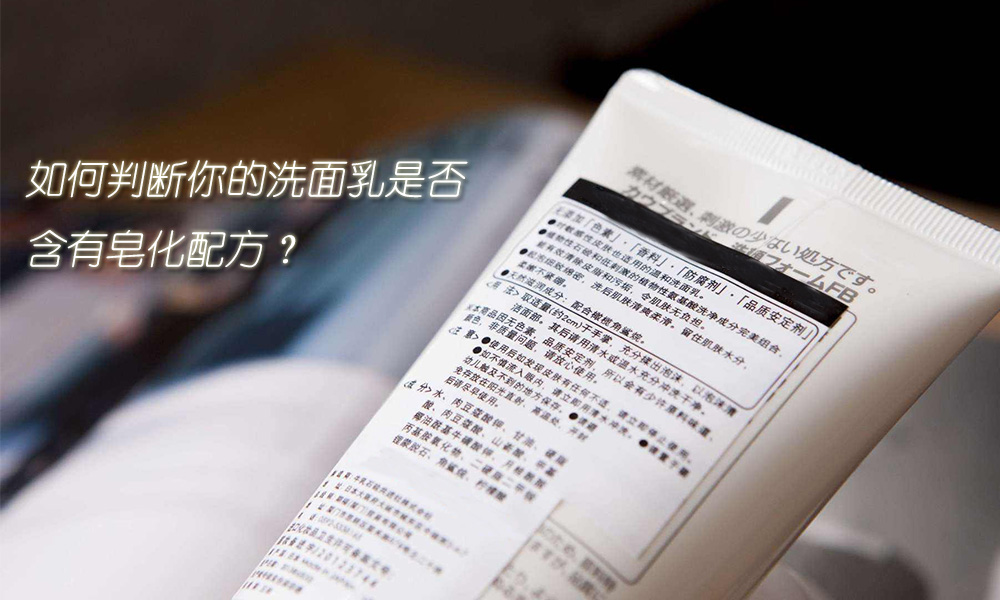
The composition of facial cleanser can be divided into two categories: the first is containing The saponification formula of facial soap ingredients, the second is a formula that does not contain soap at all and uses synthetic surfactants as the main ingredient.
Saponification formula cleansers are also soap-based cleansers. Generally speaking, a lot of foam will be produced after rubbing, and the face will feel tight after washing. Yes, it is a soap-based cleanser. Soap-based facial cleansers have their own advantages, such as strong cleaning power, easy foaming, and easy rinsing. They are suitable for use when there is a lot of dust and garbage on the face after running around outside for a day. It is also suitable for use after long-lasting waterproof cosmetics removers. The disadvantage is that it destroys the skin membrane barrier and easily combines with the skin’s keratin, causing rough aging of the skin and reduced function; long-term use can make the skin sensitive. Therefore, saponified facial cleanser is most suitable and only suitable for oily skin.
How to judge whether the facial cleanser has a saponified formula:
How to judge saponification formula: Saponification formula refers to the reaction between fatty acids and alkali agents. If a facial cleanser contains the above acids + alkali agents and ranks higher in the ingredient list, then it is a saponified facial cleanser. .
Fatty acids: myristic acid (myristic acid), dodecanoic acid (lauric acid), palmitic acid (palmitic acid), stearic acid (hard acid) fatty acid).
Alkali agents: sodium hydroxide, potassium hydroxide, triethanolamine, AMP�

 微信扫一扫打赏
微信扫一扫打赏

